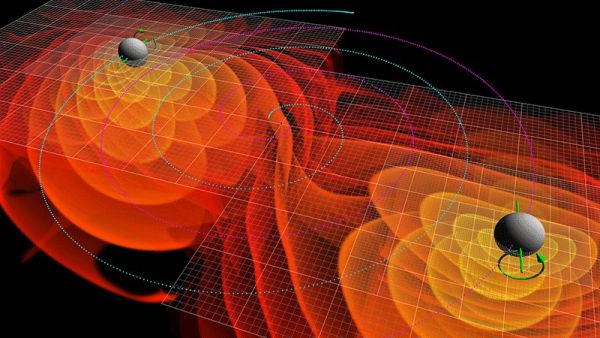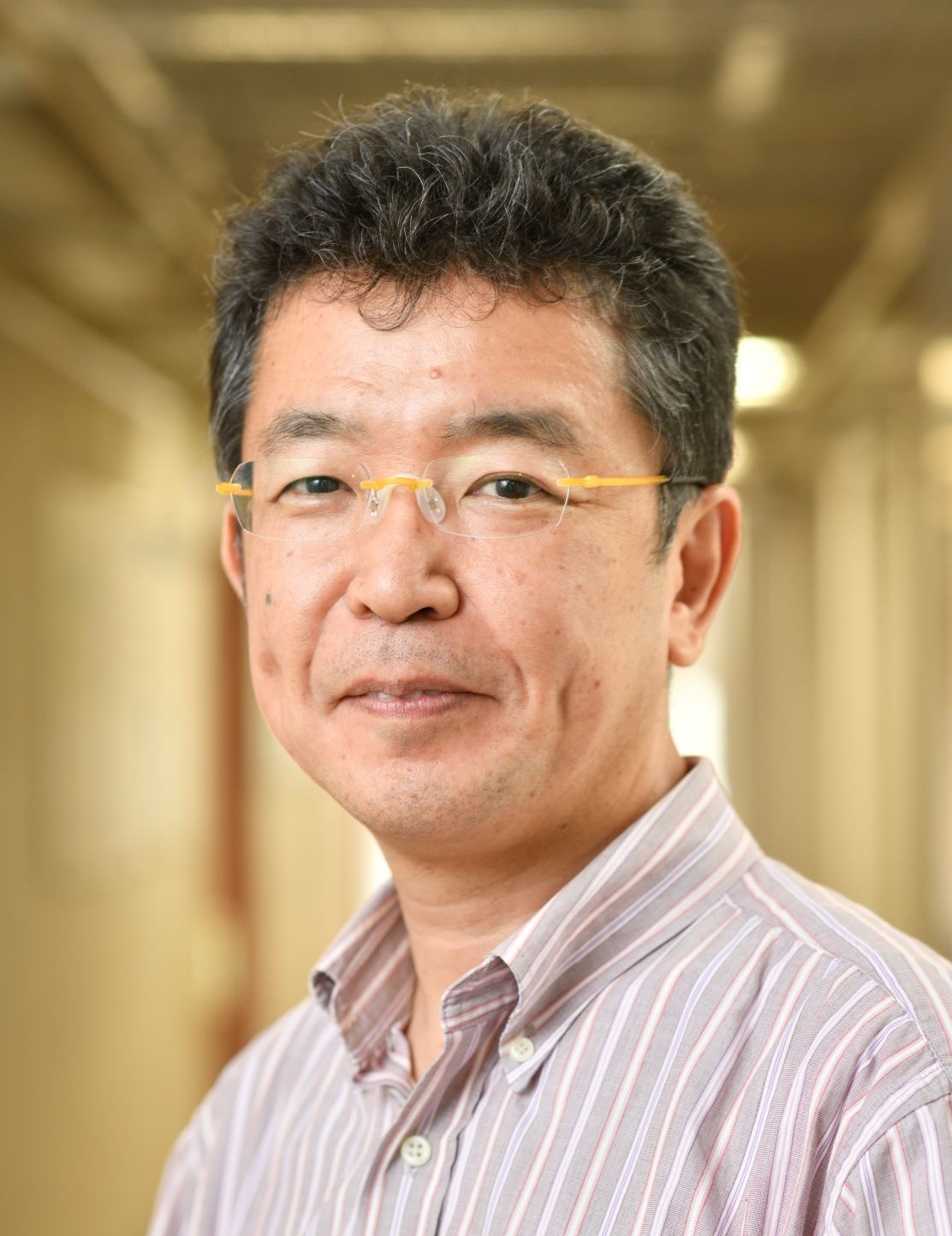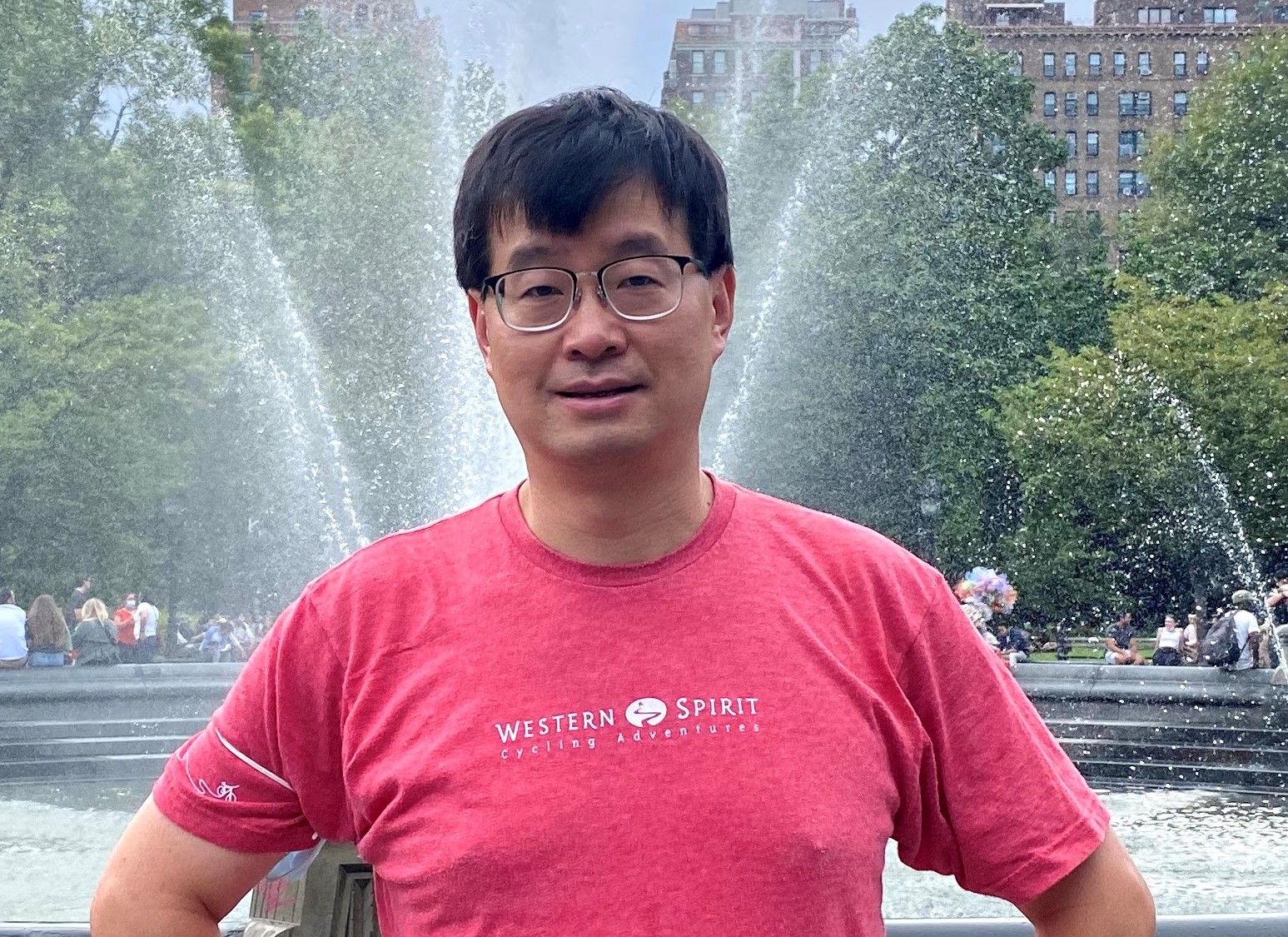
Two physicists just snagged $3 million for helping develop a super-precise clock that could allow scientists to study and explore the universe like never before.
Hidetoshi Katori and Jun Ye won the 2022 Breakthrough Prize in Fundamental Physics "for outstanding contributions to the invention and development of the optical lattice clock, which enables precision tests of the fundamental laws of nature," Breakthrough Prize representatives announced today (Sept. 9).
Katori is based at the University of Tokyo and Japan's Riken research institute, and Ye calls the University of Colorado Boulder and the National Institute of Standards and Technology home. The duo worked independently and will share the $3 million award.
The universe: From the Big Bang to now in 10 easy steps
Katori and Ye's research was key to the creation of the optical lattice clock, which Breakthrough Prize representatives said improves timekeeping precision by a factor of 1,000. The new timepiece would lose less than 1 second if operated for 30 billion years — more than twice the age of the universe.
Optical lattice clocks are an evolutionary step beyond traditional atomic clocks, which are based on the quantum leaps made by electrons in energized atoms. Indeed, "one second" is officially defined as 9,192,631,770 cycles of the radiation that gets electrons in a cesium atom to make a quantum leap.
Atomic clocks initially used microwave-frequency radiation to induce those leaps. An advance came with the substitution of optical light, which features frequencies about 100,000 times higher than microwaves. Those higher frequencies enabled greater timekeeping accuracy, just as they do in grandfather clocks with faster-swinging pendulums, Breakthrough representatives said.
Get the Space.com Newsletter
Breaking space news, the latest updates on rocket launches, skywatching events and more!

Measuring the higher frequencies was much more difficult, but that problem was more or less solved by the "optical frequency comb," technology developed by John Hall and Theodor Hänsch that earned them the 2005 Nobel Prize in Physics. (Hall was Ye's Ph.D. advisor at the University of Colorado Boulder, and Ye took over his mentor's lab when the older man retired.)
Optical-frequency atomic clocks use strontium rather than cesium atoms. Both Katori and Ye figured out how to tame strontium atoms, holding them still so they could be measured. The researchers use an "optical lattice," a standing wave from a laser beam that creates a sort of egg-carton shape whose wells trap the atoms.
"It's almost like a science-fiction tractor beam," Ye told Space.com. "You put a tractor beam in the middle of the vacuum chamber, and you can hold atoms in the middle of the vacuum chamber with light."

Manipulating atoms in this manner could disturb them enough to affect measurements crucial to accurate timekeeping. As Ye put it: "You're squeezing these atoms. How can you be sure they're going to tell you the truth?" But Katori and Ye figured out that picking the right wavelength for the "tractor beam" solves that potential problem.
"We engineered it in such a way that this action of holding onto these atoms turns out to cause no perturbations to the measurement of the energy spacing between these two quantum states that really mattered for the clock measurement," Ye said. "So, this was almost like the free lunch."
This advance helped make the optical lattice clock a reality and earned Katori and Ye the Breakthrough Prize in Fundamental Physics. The potential applications of the technology are numerous and diverse, Breakthrough representatives said. For example, optical lattice clocks could greatly improve the accuracy of the Global Positioning System and other satellite-navigation networks and allow deep-space probes to be guided more precisely.
The technology could also enable new tests of Einstein's theory of relativity — for instance, by allowing researchers to study gravitational time dilation and other effects more accurately. Optical lattice clocks could help detect gravitational waves as well, alerting researchers to tiny time variations induced by these space-time ripples.
The link between gravity and time means that the tech could also help researchers track volcanic and seismic events here on Earth and hunt for buried oceans on alien worlds. Optical lattice clocks could even aid the search for elusive dark matter, Ye said.
"Dark matter somehow must interact with ordinary matter, other than just gravitational physics," Ye said. "We want to be able to see very feeble signatures of a possible dark matter component to the ordinary matter that we know on Earth in the signatures of a clock being slowed down or sped up when the dark matter comes through. So we have been preparing experiments like that."
Gallery: Dark matter throughout the universe
Other prizes, too
The annual Breakthrough Prize in science and math was founded in 2012 by Mark Zuckerberg and Priscilla Chan, Sergey Brin, Anne Wojcicki, and Yuri and Julia Milner. It's the richest award in science; each one is worth nearly three times more than a Nobel Prize. (A Nobel now comes with a cash prize of 10 million Swedish krona, or roughly $1.2 million US at current exchange rates.)
The Breakthrough Prize recognizes pioneering research in the life sciences, mathematics and fundamental physics. The awards aim to raise the cultural cache of science and technology and inspire children to pursue careers in these fields, Breakthrough Prize representatives have said.
Three $3 million Breakthrough awards were granted this year in the life sciences, one of which recognized researchers for RNA-engineering work that helped enable the rapid development of effective COVID-19 vaccines. One Breakthrough Prize in mathematics was awarded, and Katori and Ye shared the lone fundamental physics award.
The Breakthrough Prize Foundation also granted a handful of $100,000 "New Horizons" awards to early-career researchers this year. One of those went to four scientists "for leadership in laying foundations for electromagnetic observations of sources of gravitational waves, and leadership in extracting rich information from the first observed collision of two neutron stars," according to today's award announcement.
In total, the Breakthrough Prize Foundation is granting $15.75 million in awards this year. You can learn more about all of the newly announced winners here.
Editor's note: The original version of this story erroneously referred to Hidetoshi Katori as Hidetoshi Yatori.
Mike Wall is the author of "Out There" (Grand Central Publishing, 2018; illustrated by Karl Tate), a book about the search for alien life. Follow him on Twitter @michaeldwall. Follow us on Twitter @Spacedotcom or Facebook.
Join our Space Forums to keep talking space on the latest missions, night sky and more! And if you have a news tip, correction or comment, let us know at: community@space.com.

Michael Wall is a Senior Space Writer with Space.com and joined the team in 2010. He primarily covers exoplanets, spaceflight and military space, but has been known to dabble in the space art beat. His book about the search for alien life, "Out There," was published on Nov. 13, 2018. Before becoming a science writer, Michael worked as a herpetologist and wildlife biologist. He has a Ph.D. in evolutionary biology from the University of Sydney, Australia, a bachelor's degree from the University of Arizona, and a graduate certificate in science writing from the University of California, Santa Cruz. To find out what his latest project is, you can follow Michael on Twitter.









